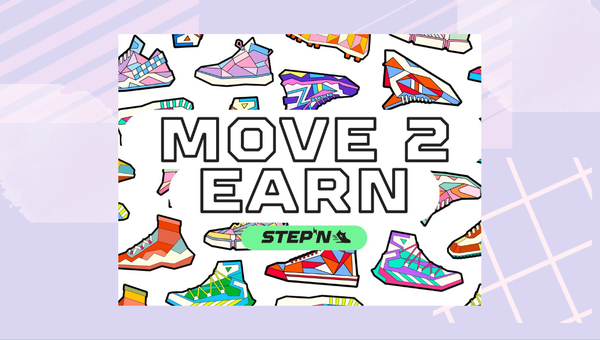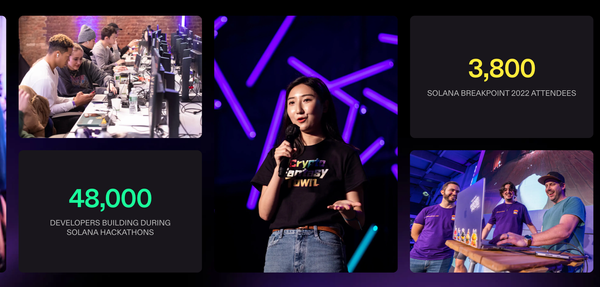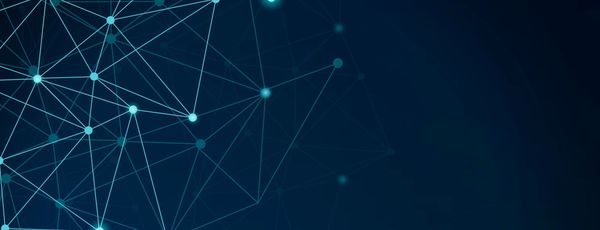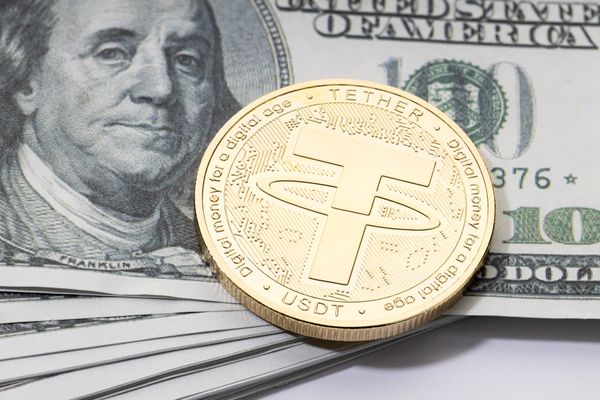What is a Block Reward?
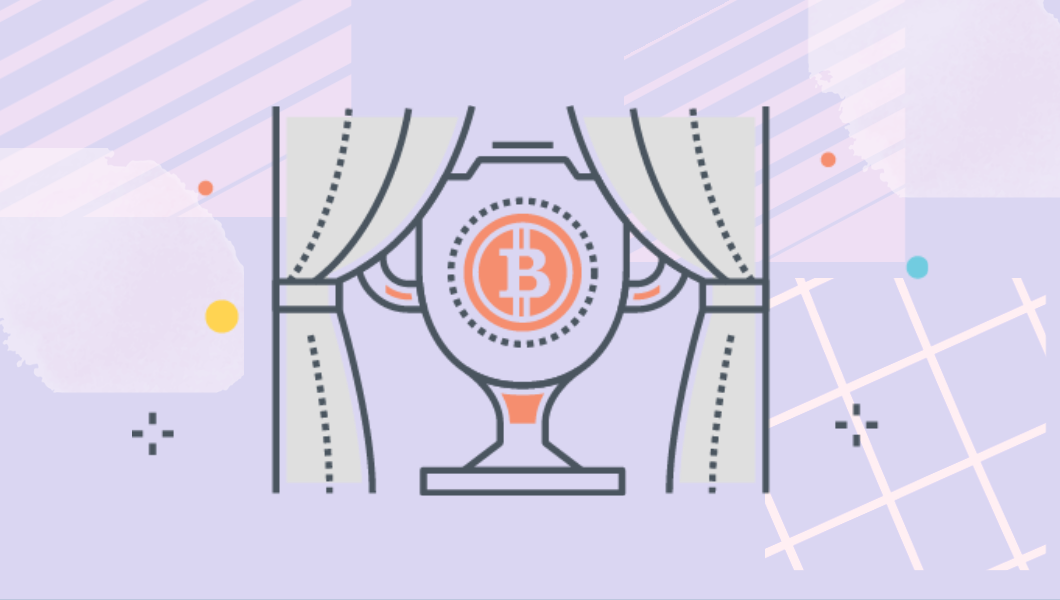
As the name suggests, the bitcoin blockchain is a collection of blocks that are linked together to form a chain. New blocks are added to the chain by the bitcoin miners. They record new transactions in the blocks and are paid a reward in return for the work performed.
The block reward paid to bitcoin miners in the center piece of the bitcoin economy.
The bitcoin miner who verifies new transactions and answers a mathematical question correctly will be the one who receives the block reward. This reward is paid in the form of newly minted bitcoins.

The bitcoin blockchain has been designed such that there can only be a maximum of 21 million bitcoins in circulation. The bitcoins have to be mined to bring them into circulation and once all of the bitcoins have been mined, the bitcoin miners will be paid a fee for their work instead of the block reward that they now receive for mining bitcoins.
The bitcoin blockchain
The bitcoin blockchain is a decentralized, distributed ledger and all the information on the chain is publicly available, so it is called a public blockchain. Whenever a bitcoin transaction occurs, it has to be recorded in the blockchain, which is why the blockchain is referred to as a ledger.
The miners verify transactions and solve a numerical problem before they can register the transaction in the blockchain. A miner creates a new block in the blockchain and enters the details of the transaction. The miner also receives bitcoins as a reward and these are also recorded as transactions in the blockchain.
All the transactions in the blockchain are available for anyone to view and programs known as blockchain browsers can be used to view all the information in the blockchain
Block Structure
The structure of the block is predefined and every block has the same information stored in the format specified by the block's structure.
Each block in the bitcoin blockchain is made up of a header, that links to the previous and the next block, and a body that has the transactions recorded in the block.
A block has two parts, a header and a body.
The block header contains:
- Timestamp
- Link to the previous block
- Link to the next block
- Smooth Interactions
The body of the block contains:
- The details of the transactions that have been verified
- The answer to the numerical problem solved by the miner
- The details of the new bitcoins that have been minted.
Block Rewards
A new block is created each time a miner has successfully verified bitcoin transactions AND has solved a mathematical problem. In return for the work performed, the miner is rewarded with bitcoins and this reward is called the block reward.
The details of the reward, in the form of the bitcoin addresses receiving the reward, is recorded as the first transaction in the body of the block. This transaction contains the details of the new bitcoins generated and is hence referred to as the generation or coinbase transaction.
Satoshi mined the first block of bitcoins himself and the block contained 50 bitcoins. Each miner at the time, who successfully mined bitcoin, got a block reward of 50 bitcoins.
The block reward is reduced by half after every halving event (every 4 years)
- 2009 - The initial reward at the beginning was 50 bitcoins
- 2012 - The reward was reduced to 25 bitcoins
- 2016 - The reward was reduced to 12.5 bitcoins
- 2020 - The reward was reduced to 6.25 bitcoins
The block reward will continue to be reduced by half after each mining event and ultimately when all the bitcoins have been mined, miners will be paid a fee, rather than the block reward of newly minted coins, for their work.

